
What Does it Cost to Treat Varicose Veins?
Varicose veins can be more than just a cosmetic concern. If left untreated, these twisted, bulging, often painful leg veins can lead to significant health issues, such as venous ulcers and blood clots. In this blog, we will explore the costs associated with treating varicose veins, whether insurance will cover treatment options and the difference between cosmetic and medically necessary treatment.

Leg Pain and Swelling? Why the ER Isn’t the Place to Diagnose Vein Problems
If you’re dealing with leg pain, swelling, or visible varicose veins, the ER might not be the right place to find answers. This blog explains why chronic vein problems like venous insufficiency often go undiagnosed in the emergency room—and why a dedicated vein clinic like Center for Vein Restoration offers the expert care you really need. Learn when it’s appropriate to visit the ER and when to go straight to a vein specialist for fast, effective relief.

Can Crossing Your Legs Cause Varicose Veins?
Think crossing your legs causes varicose veins? It’s time to bust that myth. This blog explores the real causes of varicose veins, who’s at risk, and how expert care at Center for Vein Restoration can help you prevent or treat painful leg symptoms with confidence and comfort.

Leg Pain and Blood Clots: Why Vein Health Matters at Any Age
In this blog, Dr. Evan Harris of Center for Vein Restoration breaks down the signs, risks, and treatment of deep vein thrombosis (DVT) in a compelling live radio interview. Learn why leg pain, swelling, or visible varicose veins should never be ignored—and how expert care can get you back on your feet.

Leg Pain and Swelling: When It’s Time to See a Specialist
Leg pain and swelling are more than just everyday discomfort; they can signal underlying issues such as varicose veins, deep vein thrombosis, or chronic venous insufficiency. This blog post explores common causes of leg pain and swelling, early warning signs to watch for, and explains when it’s time to seek professional vein care.

Smooth Sailing Starts with Healthy Legs: Vein Care Tips for Boaters
Boating can be tough on your legs, especially if you're dealing with varicose veins, swelling, or leg fatigue. This blog offers practical tips to protect your leg health while on the water, explains why boaters are at risk for vein issues, and highlights expert vein care options from Center for Vein Restoration. With proper care and minimally invasive treatments, you can stay steady on deck and enjoy pain-free days at sea.

What is Mottled Skin? Am I at Risk?
Mottled skin—those reddish, purplish, or web-like patches on your legs—might be more than just a harmless skin change. While sometimes triggered by cold or low blood pressure, it can also signal an underlying vein problem like chronic venous insufficiency (CVI). This blog breaks down what mottled skin means, who’s at risk, and when to seek help from a vein specialist.

What is the Fastest Way to Heal a Venous Ulcer?
If you have a leg sore that just won’t heal, it could be a venous ulcer—often a sign of underlying vein disease. This blog breaks down the fastest, most effective ways to treat and heal venous ulcers, including expert care, at-home strategies, and minimally invasive procedures. Learn when to see a vein specialist and how Center for Vein Restoration helps patients get back on their feet faster.
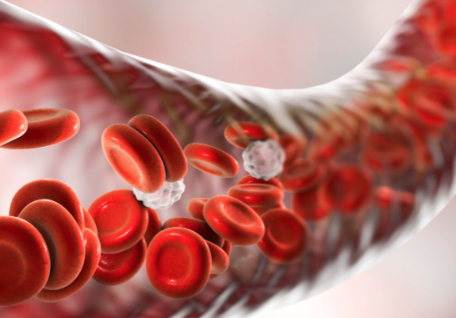 About Vein Disease
About Vein Disease
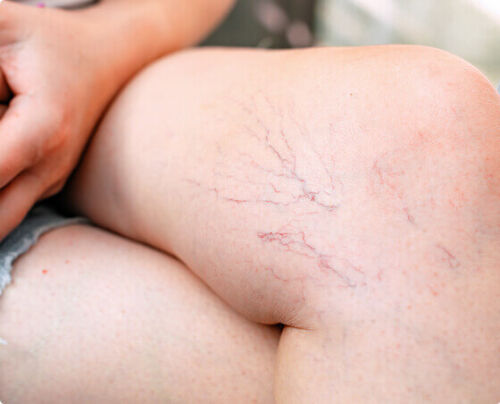 Spider Veins
Spider Veins
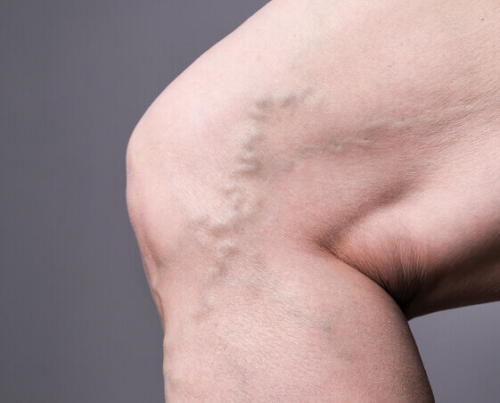 Varicose Veins
Varicose Veins
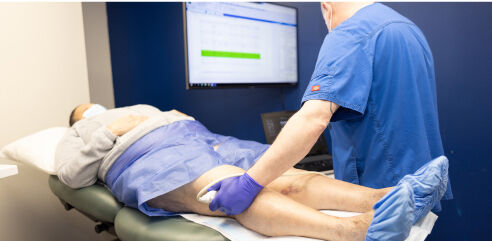 Vein Disease Treatments
Vein Disease Treatments
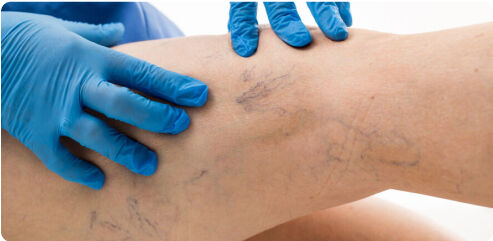 Treating Spider Veins
Treating Spider Veins
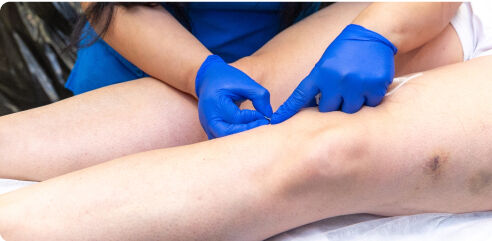 Treating Varicose Veins
Treating Varicose Veins
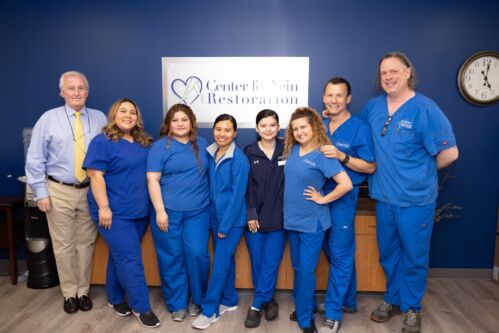 About Us
About Us
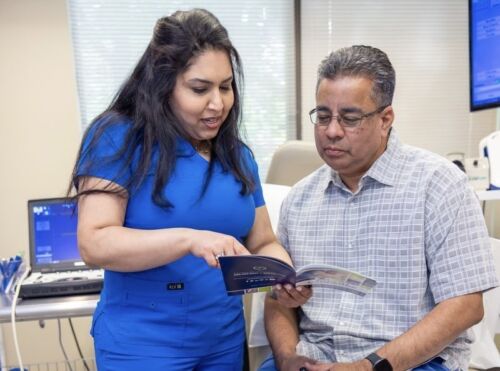 Patient Resources
Patient Resources
 Physician Resources
Physician Resources

